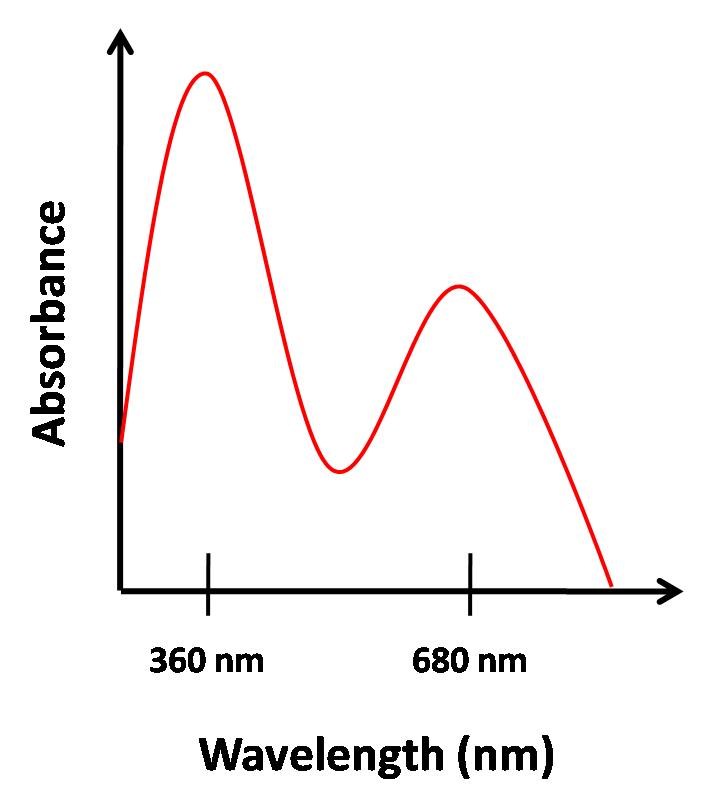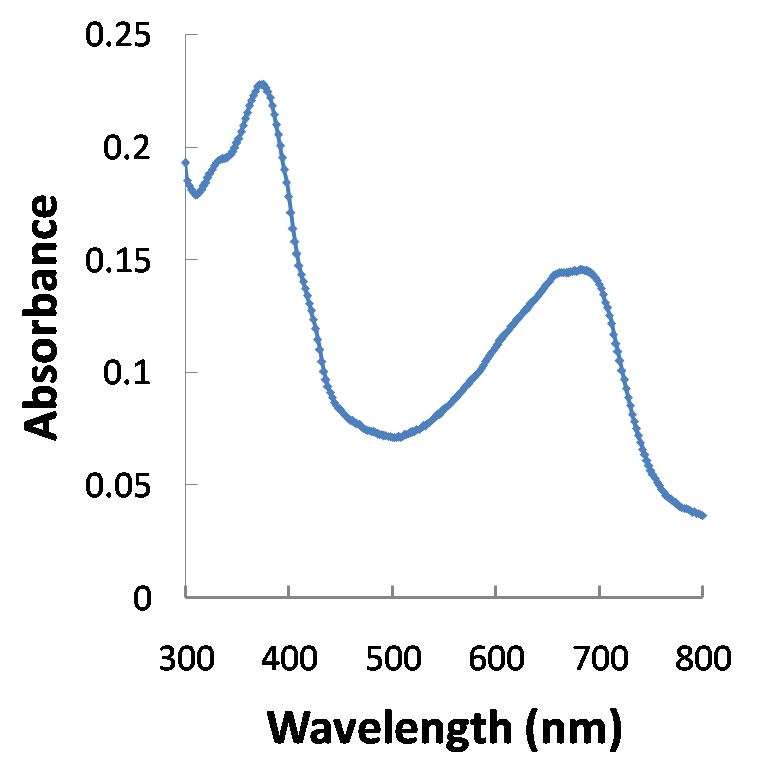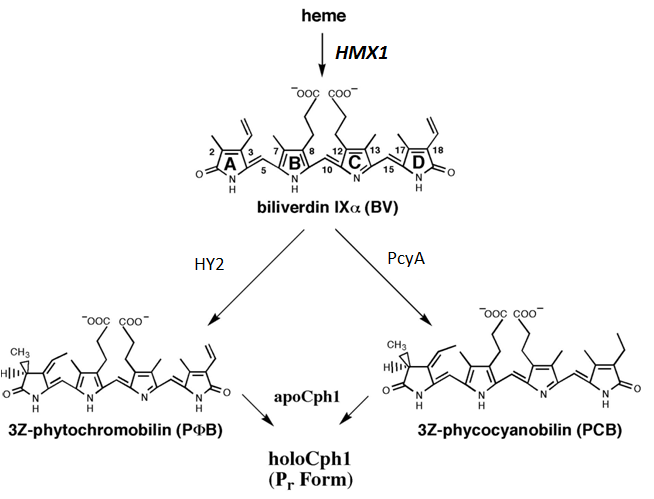Team:MIT/Projects/Project1
From 2009.igem.org
Metabolic Engineering of PCB Synthesis in Yeast
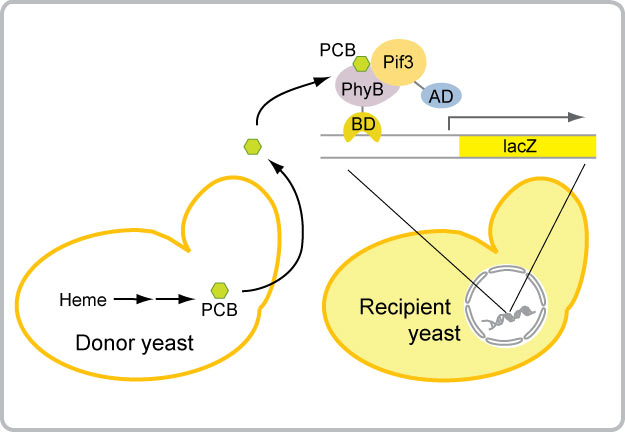
As shown in the image above, phycocyanobilin (PCB) plays a crucial part in the PhyB-PIF3 system. Once PCB is in the active conformation it allows the phytochrome (PhyB) to bind to the integrating factor (PIF3).
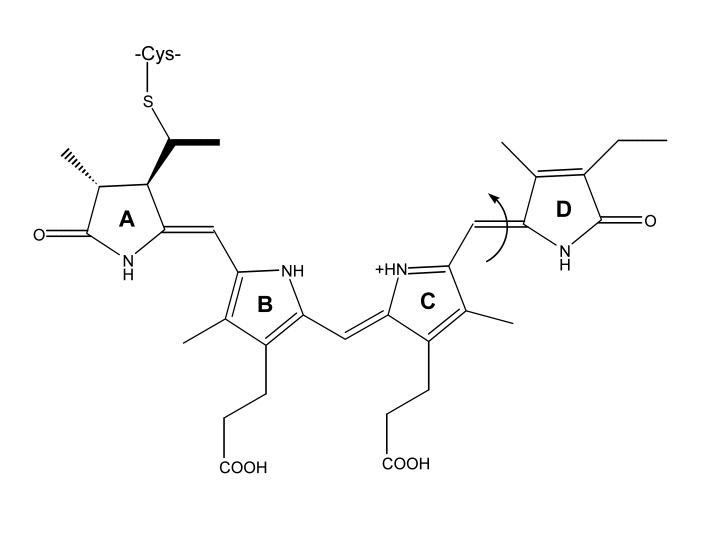
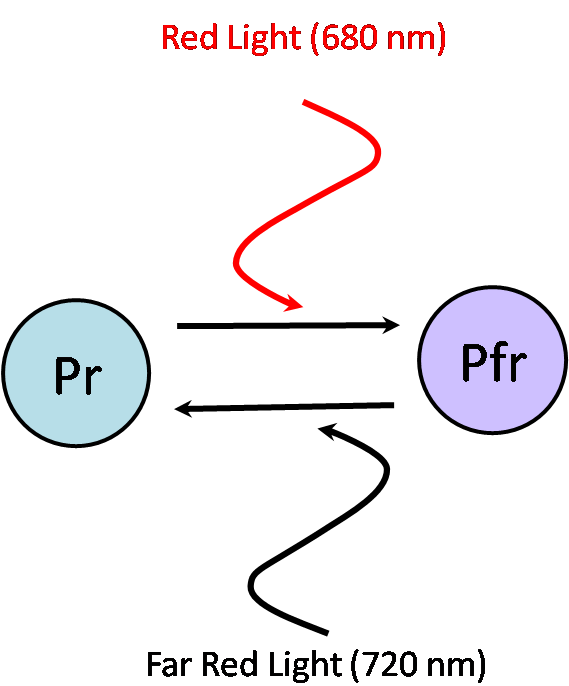
Developing the Standard: PCB from Spirulina
We decided to use a standard used in many other experiments involving phytochromes. Phycocyanobilin (PCB) extracted from Spirulina is a commonly used standard, as Spirulina produces a large amount of chromophores. We used Spirulina which was bought at Vitamin World as it is commonly used as a dietary supplement.
Chromophores have a very high absorbance around 680nm. Here is an example of an absorbance spectrum:
We followed the protocol that the Quail Lab used to extract the PCB from Spirulina, and were able to produce the following spectrum:
The concentration is found by this formula:
 "
"
